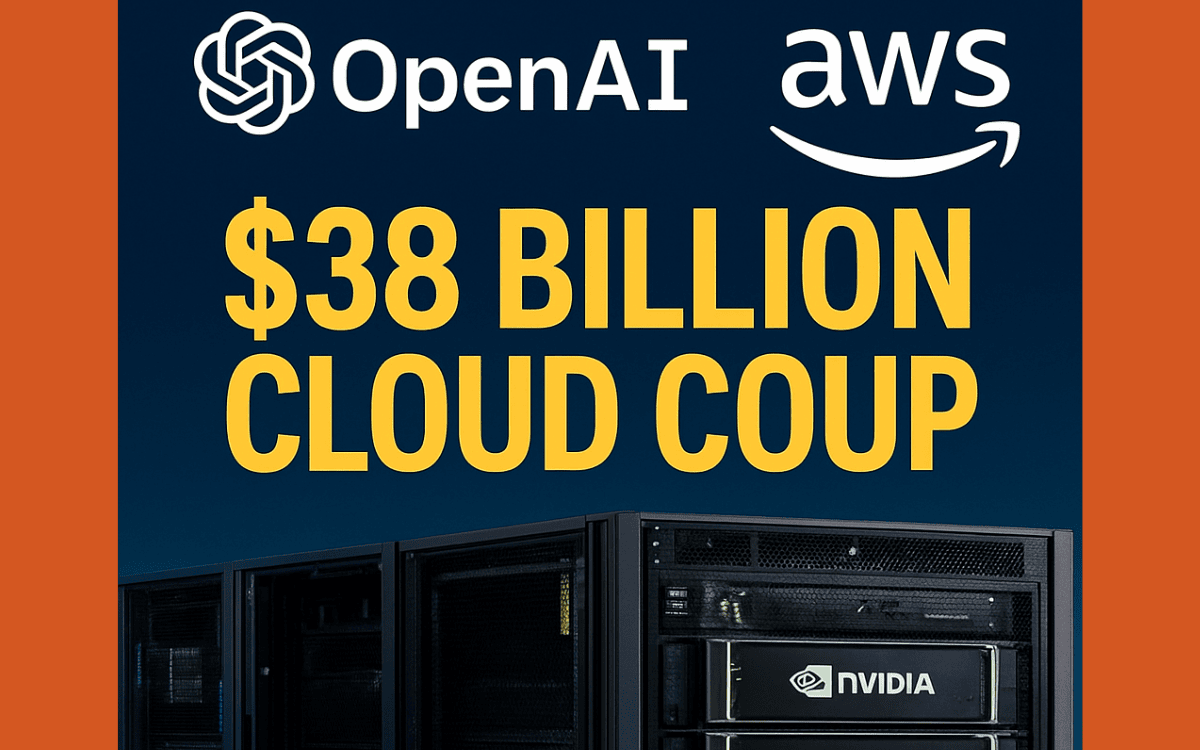In a bold move reshaping the cloud-and-AI battleground, OpenAI has sealed a whopping $38 billion seven-year deal with Amazon Web Services (AWS).
What’s in the deal
Under the agreement announced on November 3, 2025, OpenAI gains access to “hundreds of thousands” of advanced Nvidia GPU accelerators via AWS infrastructure. The partnership immediately allows OpenAI to begin migrating workloads to AWS, with full deployment expected by the end of 2026 — and room to expand into 2027 and beyond.
Why it matters
Firstly, this deal signals that OpenAI is no longer tied to a single cloud provider. Previously, Microsoft held exclusive cloud-provider status for OpenAI. Now OpenAI is diversifying its infrastructure partnerships.
For AWS, this is a strong vote of confidence just when some market watchers thought it was lagging in the AI arms race. The deal enhances AWS’s credibility as a go-to platform for large-scale AI workloads.
The scale & ambition
OpenAI has long signalled that its AI ambitions demand unprecedented compute capacity. This partnership ties directly into that ambition. As one industry commentator put it: “Scaling frontier AI requires massive, reliable compute.”
The inclusion of cutting-edge Nvidia GB200 and GB300 chips highlights how hardware is becoming a strategic differentiator in AI.
Potential risks & questions
With large commitments comes large risk. OpenAI’s massive infrastructure deals — including with AWS, Microsoft and Oracle — invite scrutiny about how the economics will play out.
Additionally, the shifting of provider relationships and the sheer speed of the compute arms race may create challenges in execution, cost control and scalability.
What to watch next
- How fast AWS racks and deploys the GPU infrastructure to meet OpenAI’s timeline.
- Whether OpenAI begins to shift model training and inference workloads in meaningful volume onto AWS.
- Reactions in the cloud-provider market: how Microsoft, Google Cloud and others respond.
- Impacts on hardware players like Nvidia — given the scale of GPU demand implied.
Final thought
This landmark $38 billion deal is more than just a cloud contract. It’s a clear signal that the AI infrastructure game has entered a new phase — one in which compute-scale and provider flexibility may matter as much as the algorithms themselves. For OpenAI and AWS, this represents a strategic leap. For the rest of the tech ecosystem, it raises the stakes higher.
